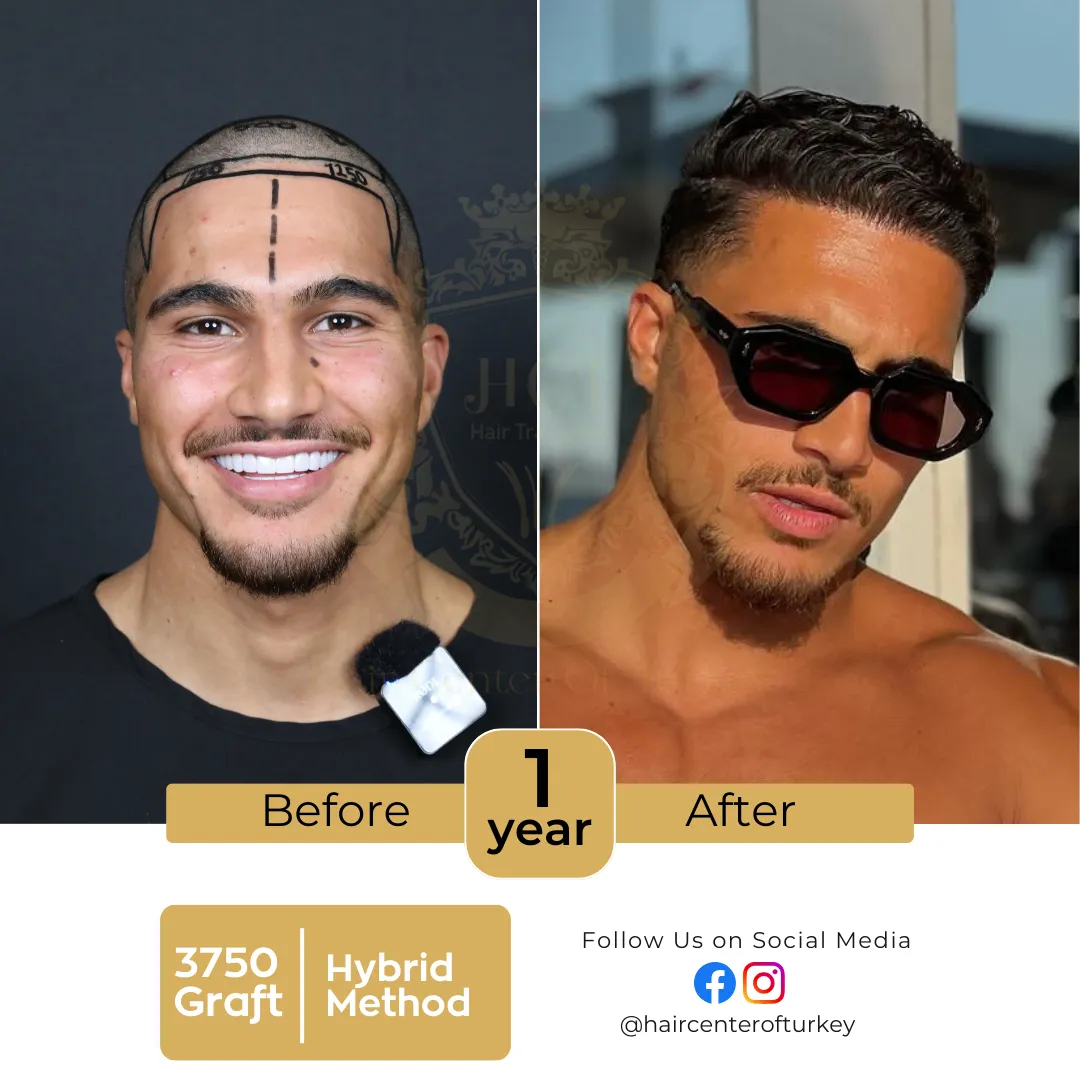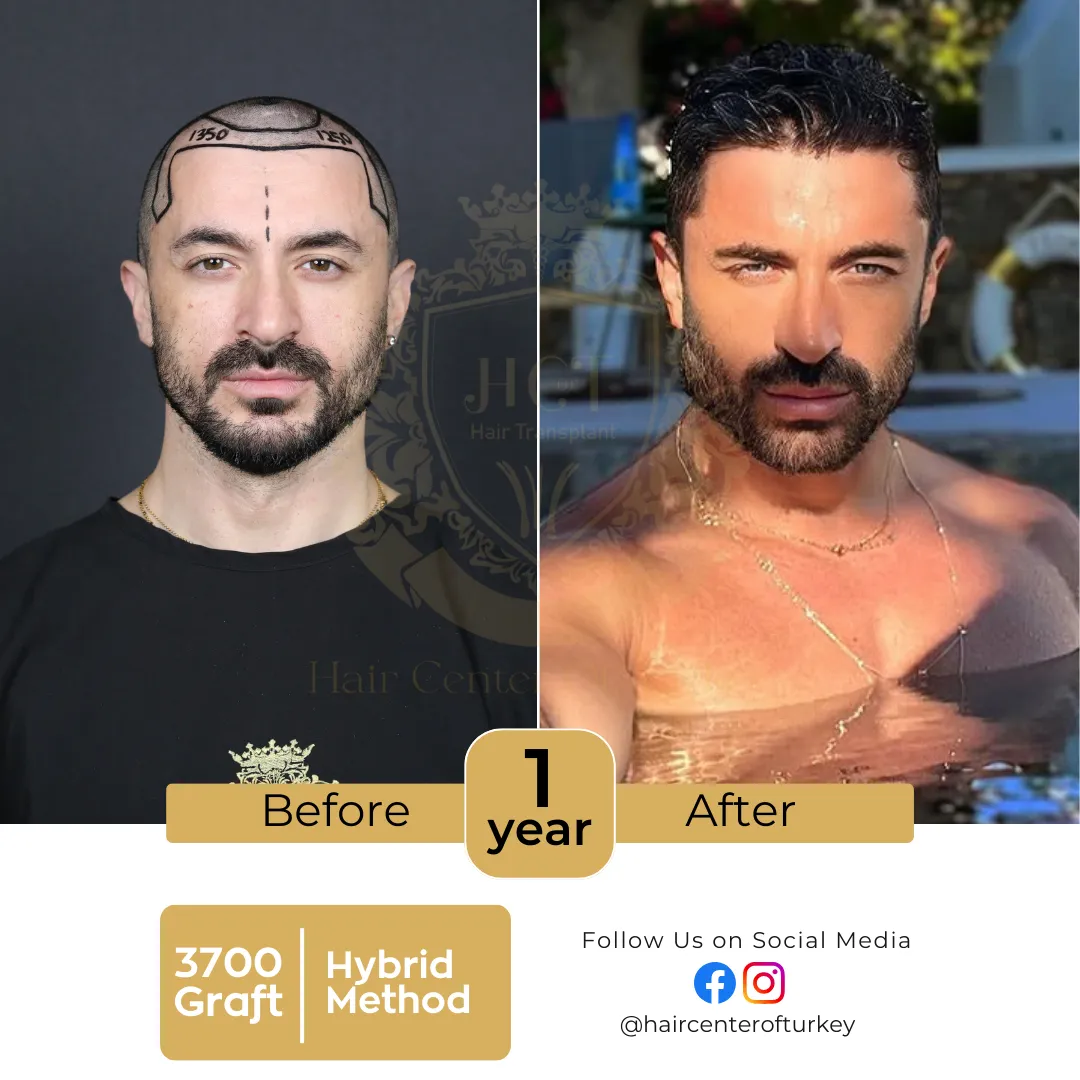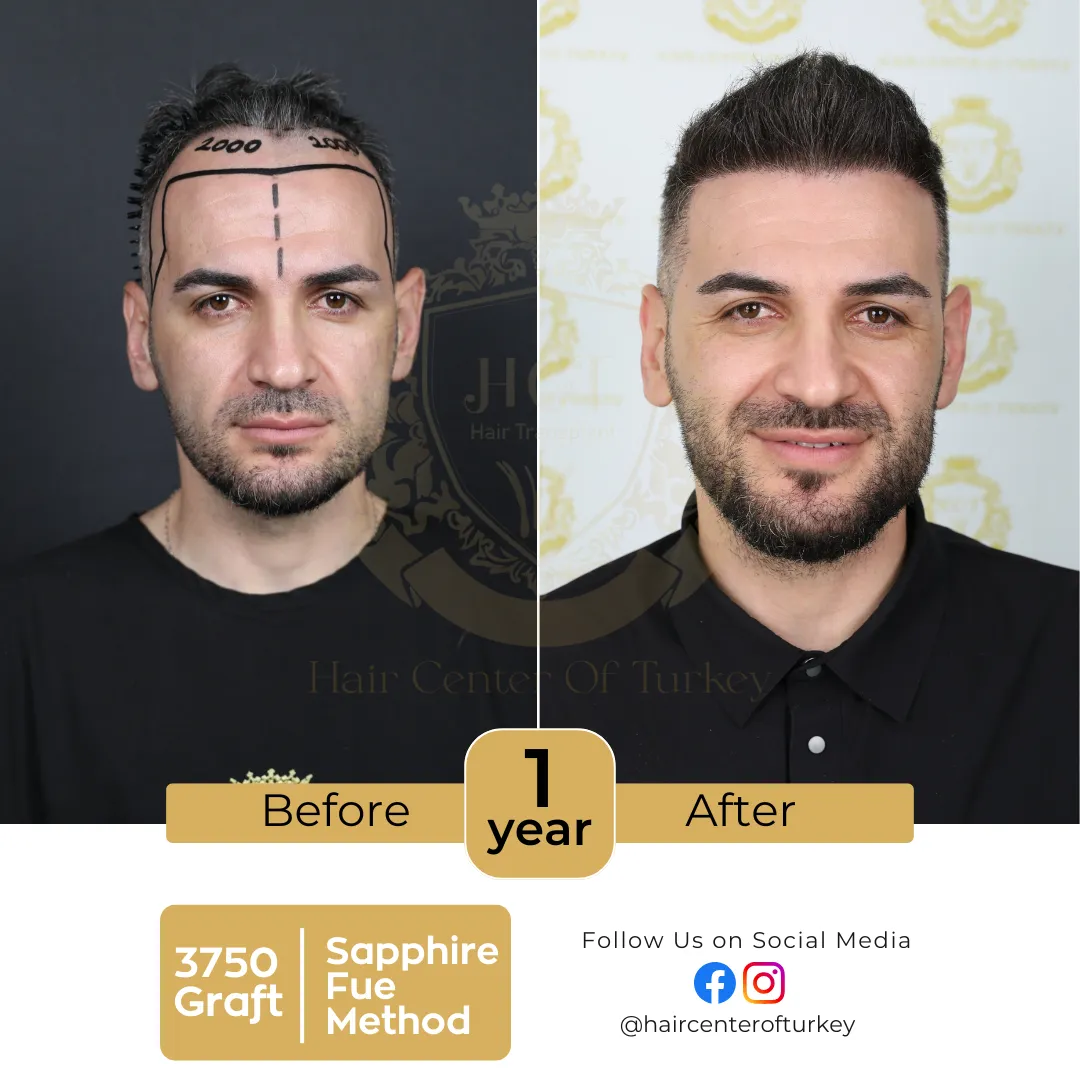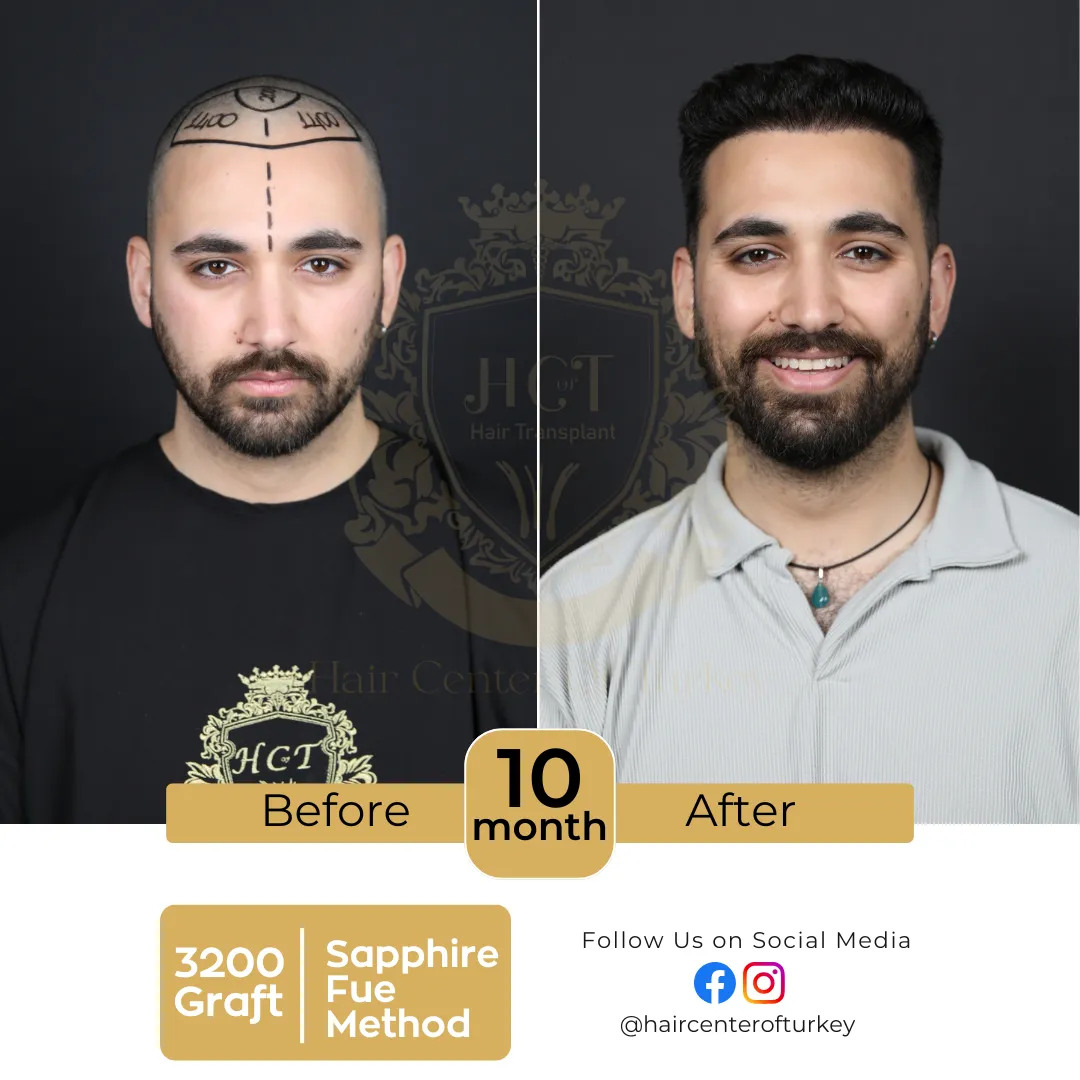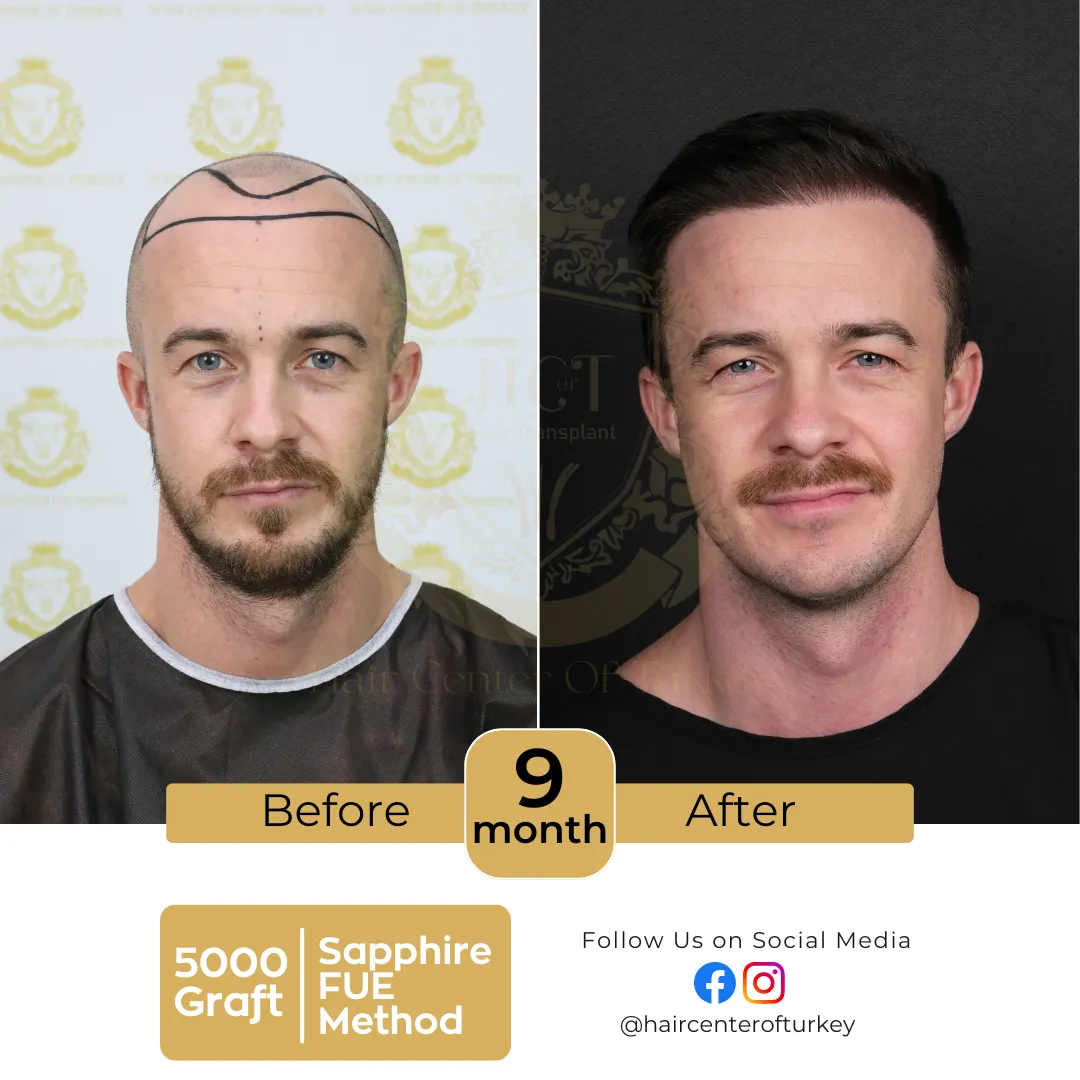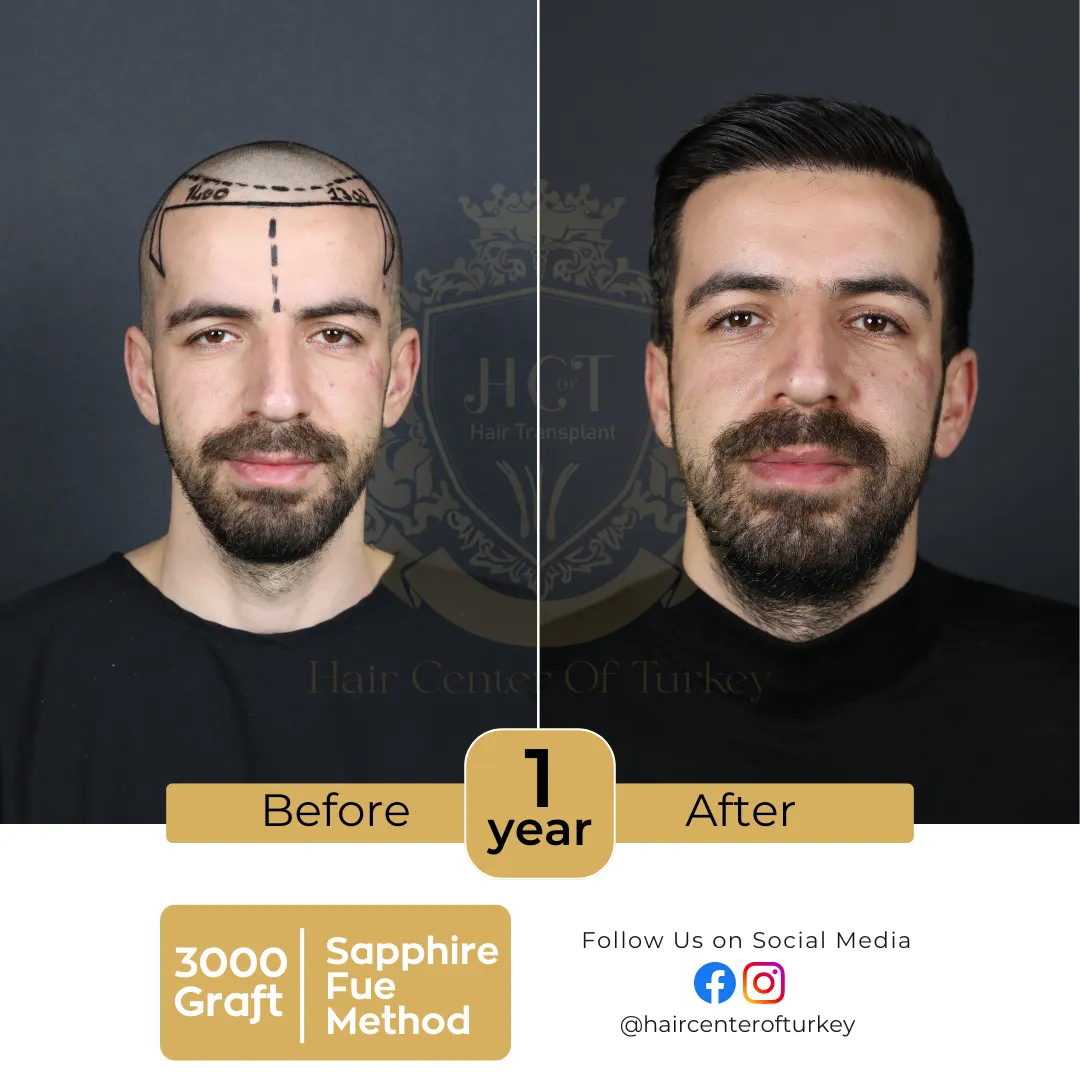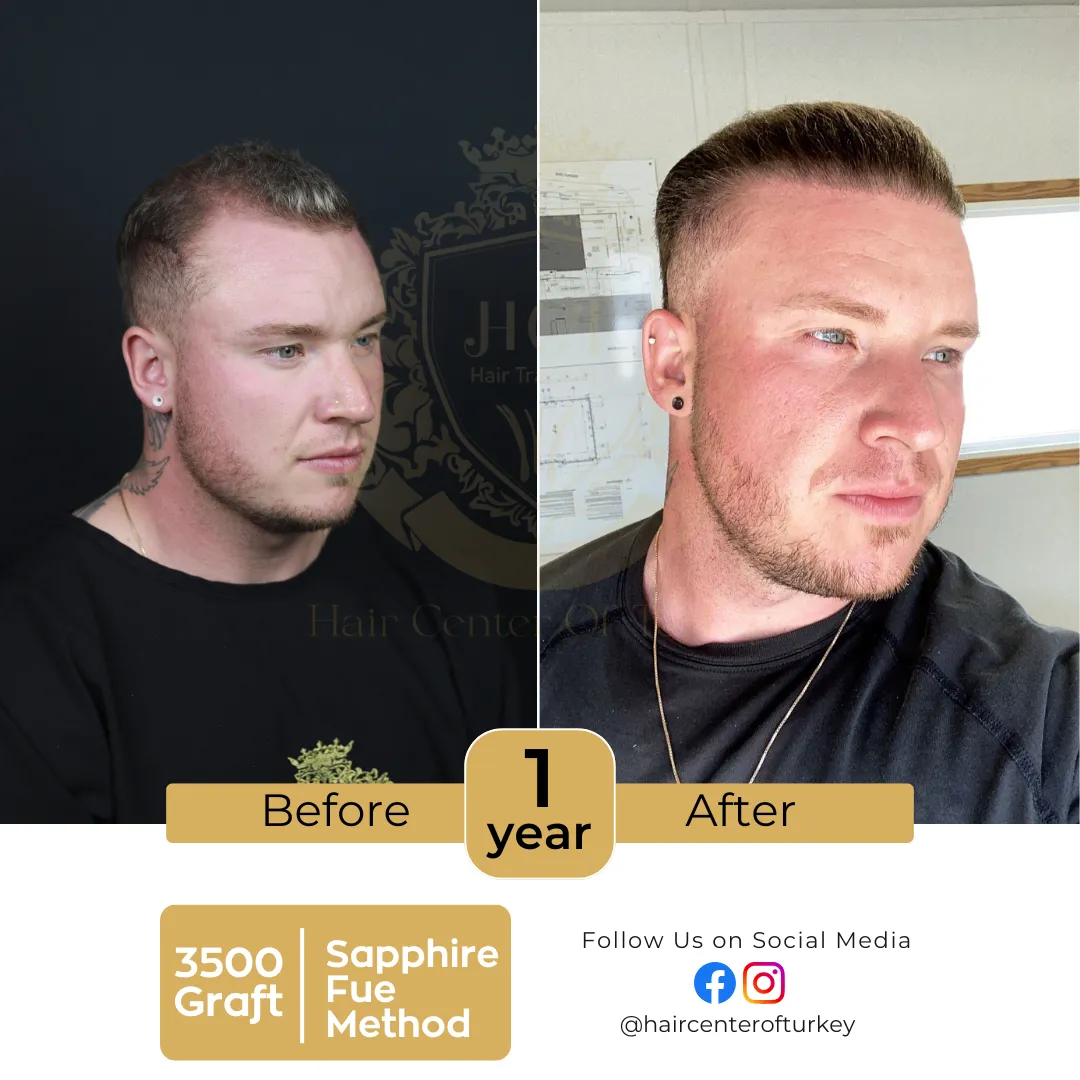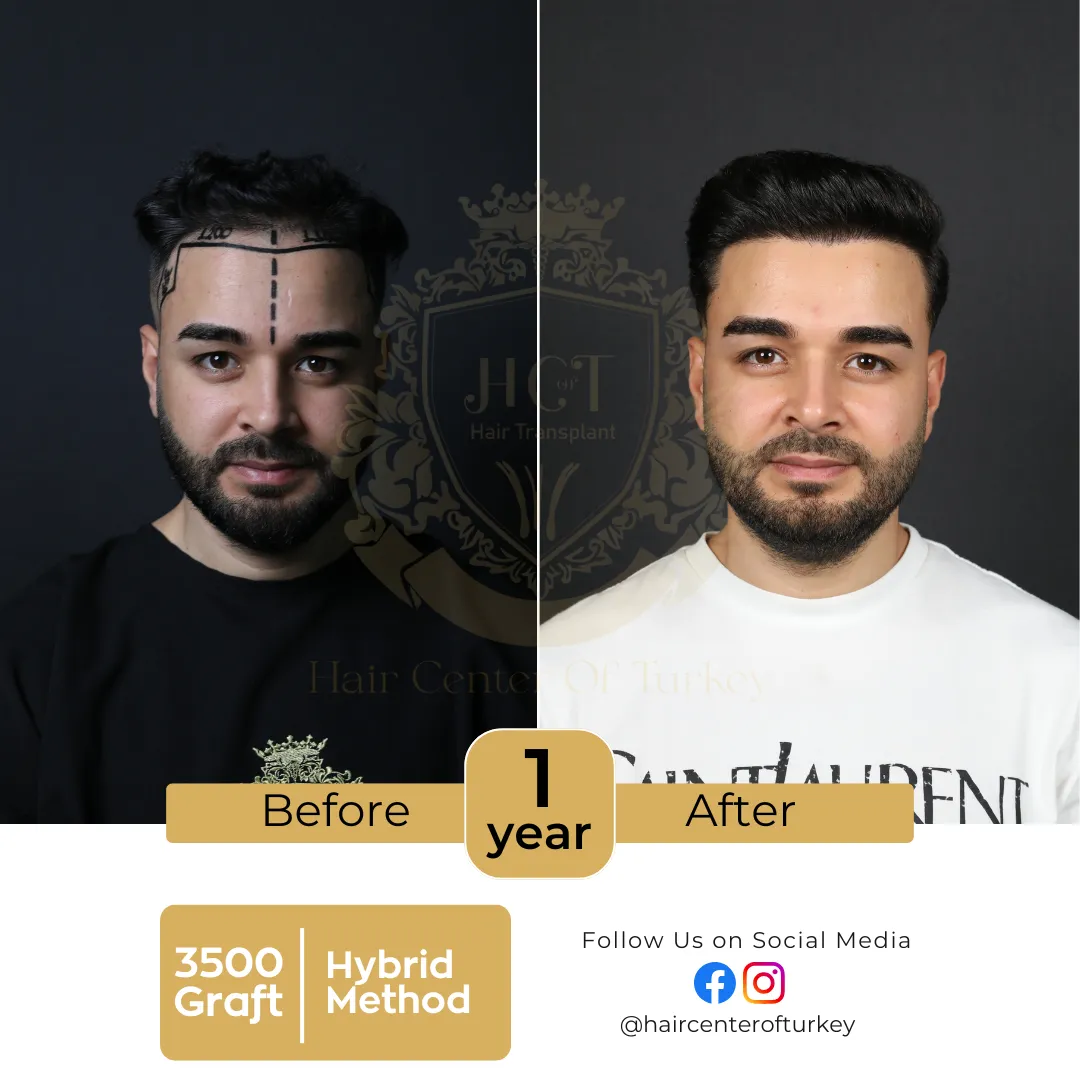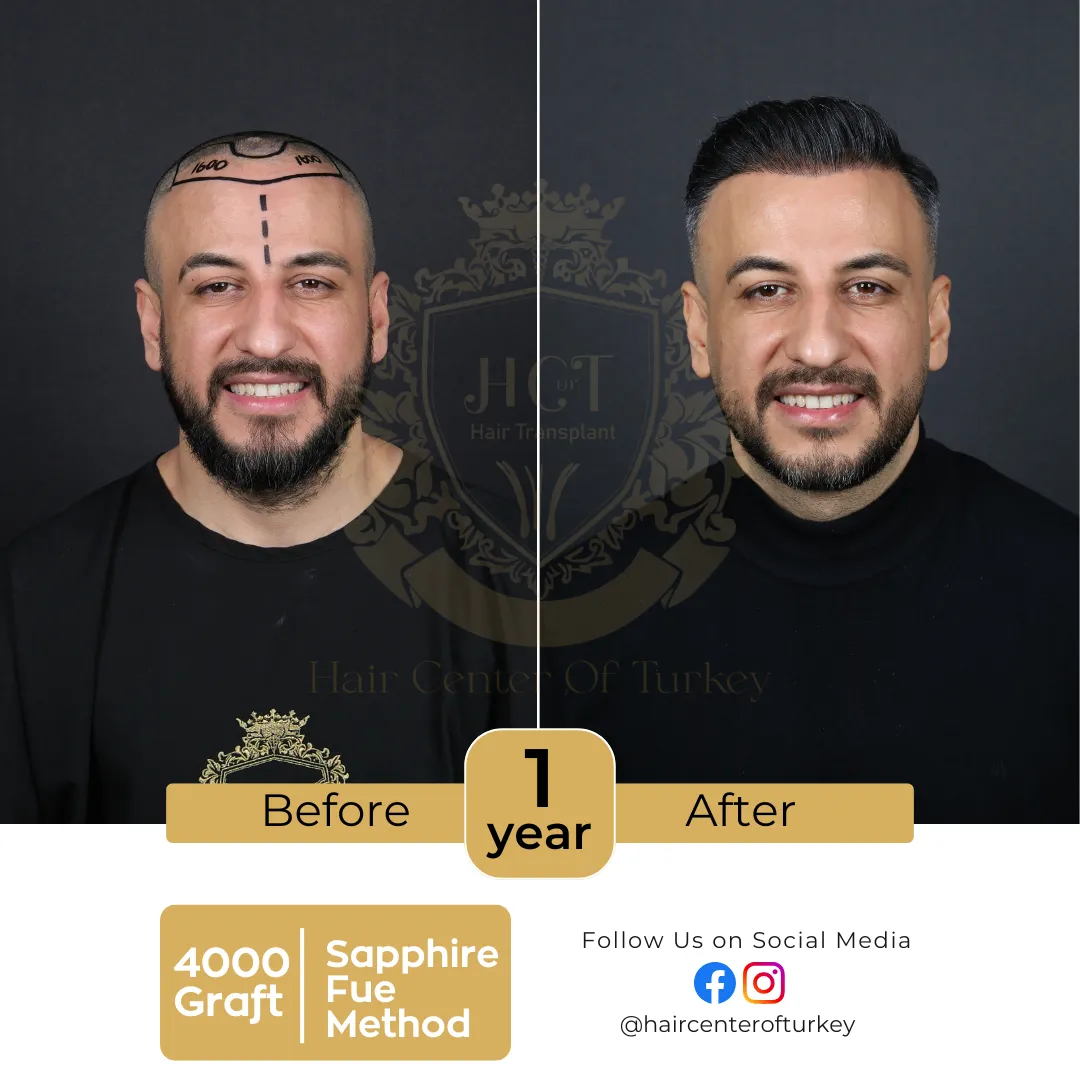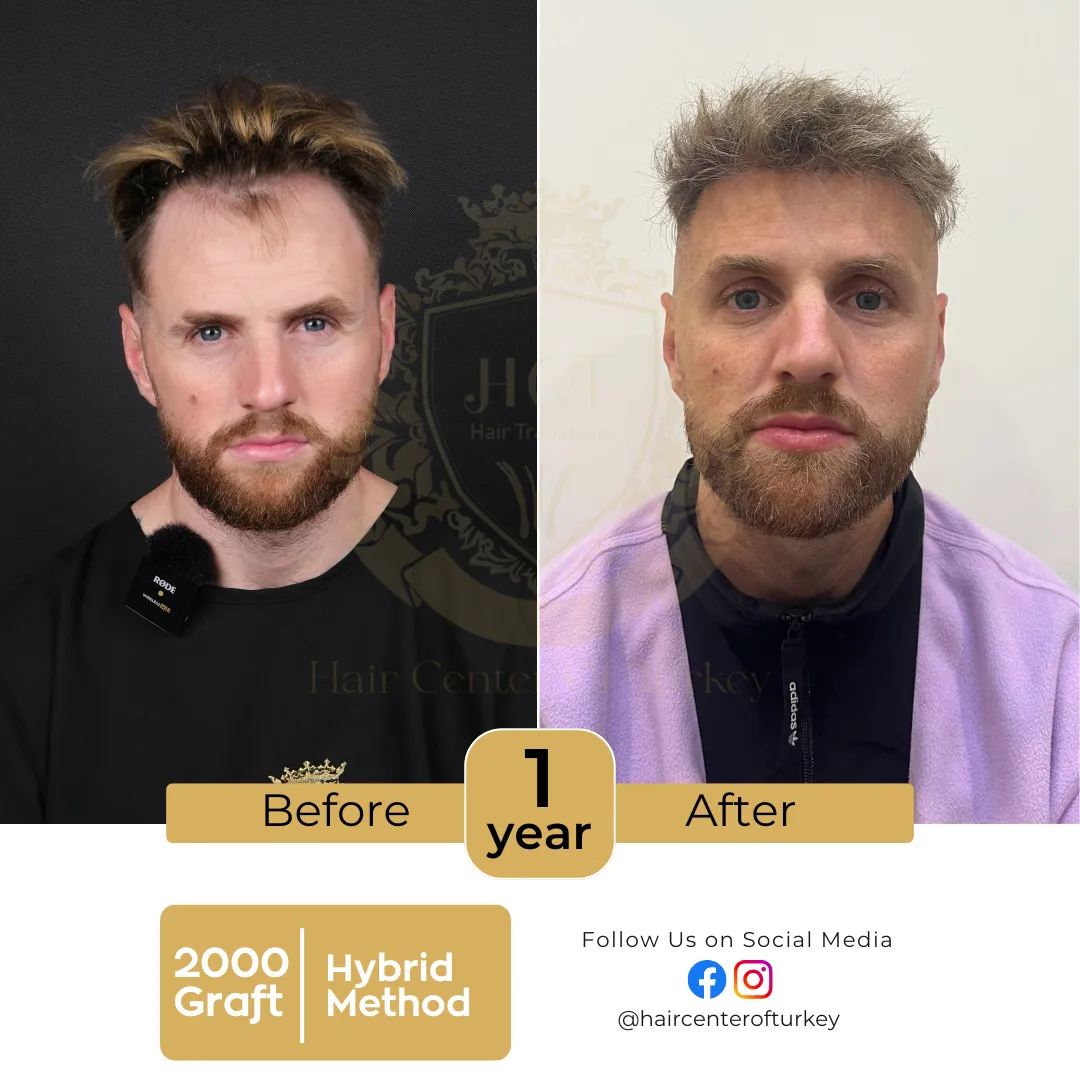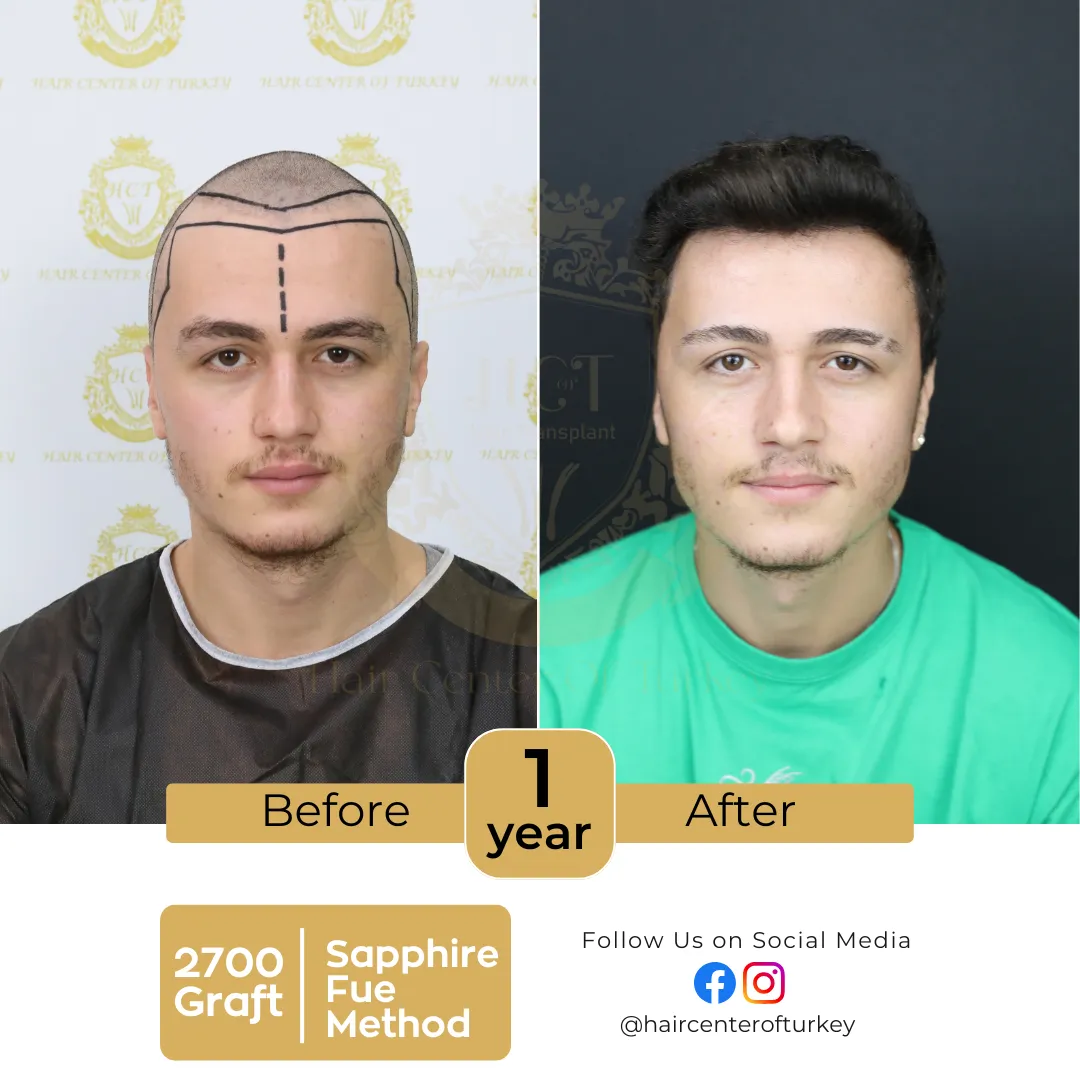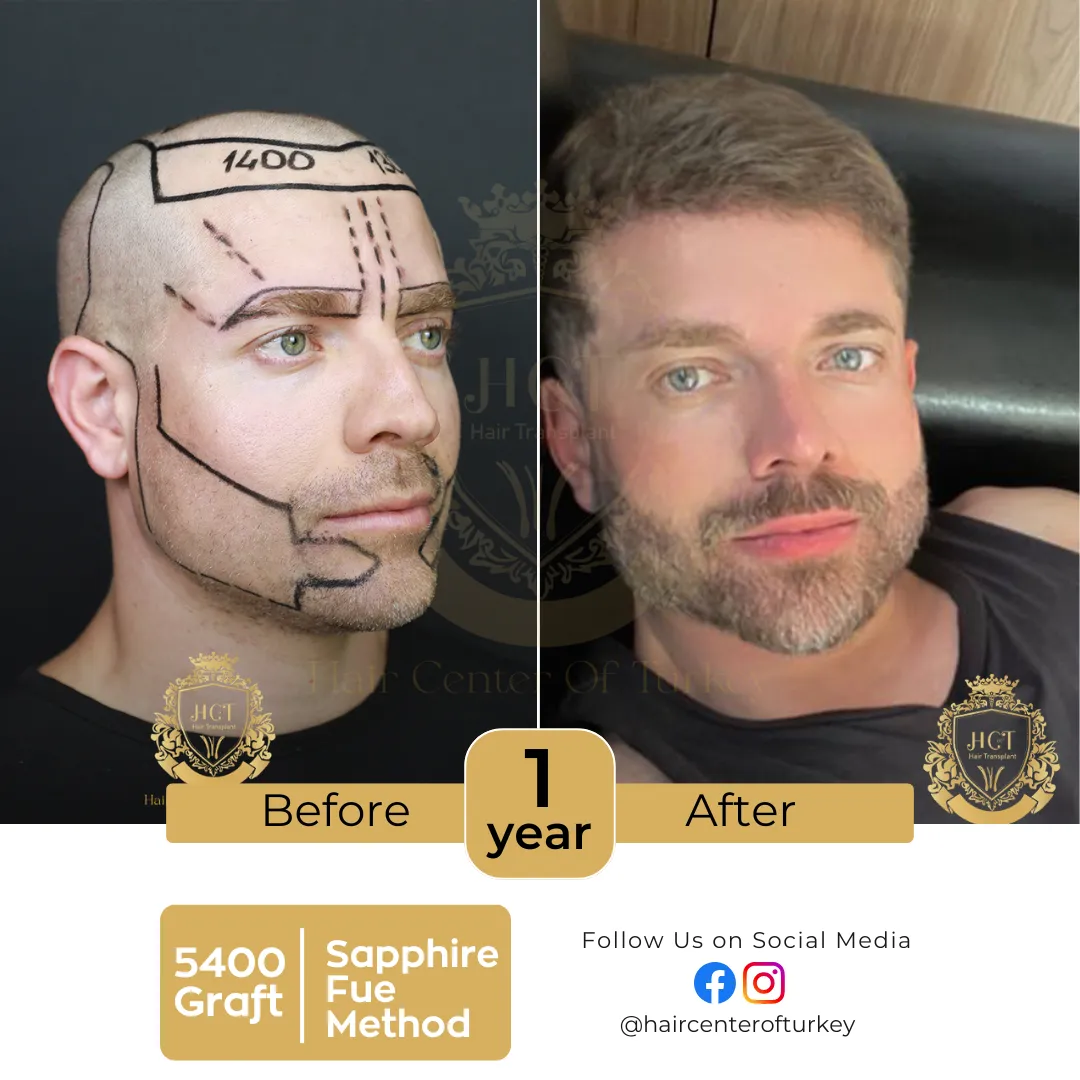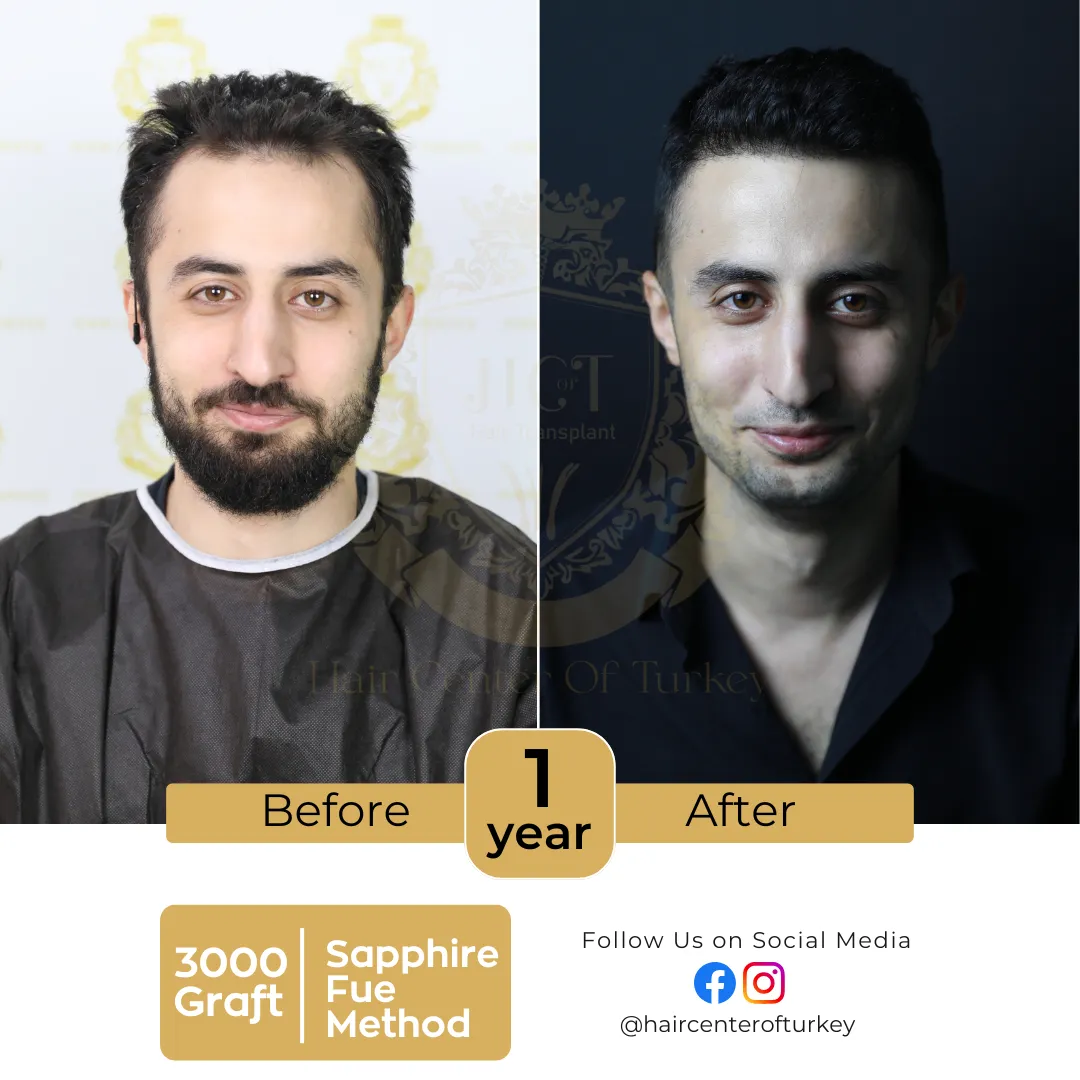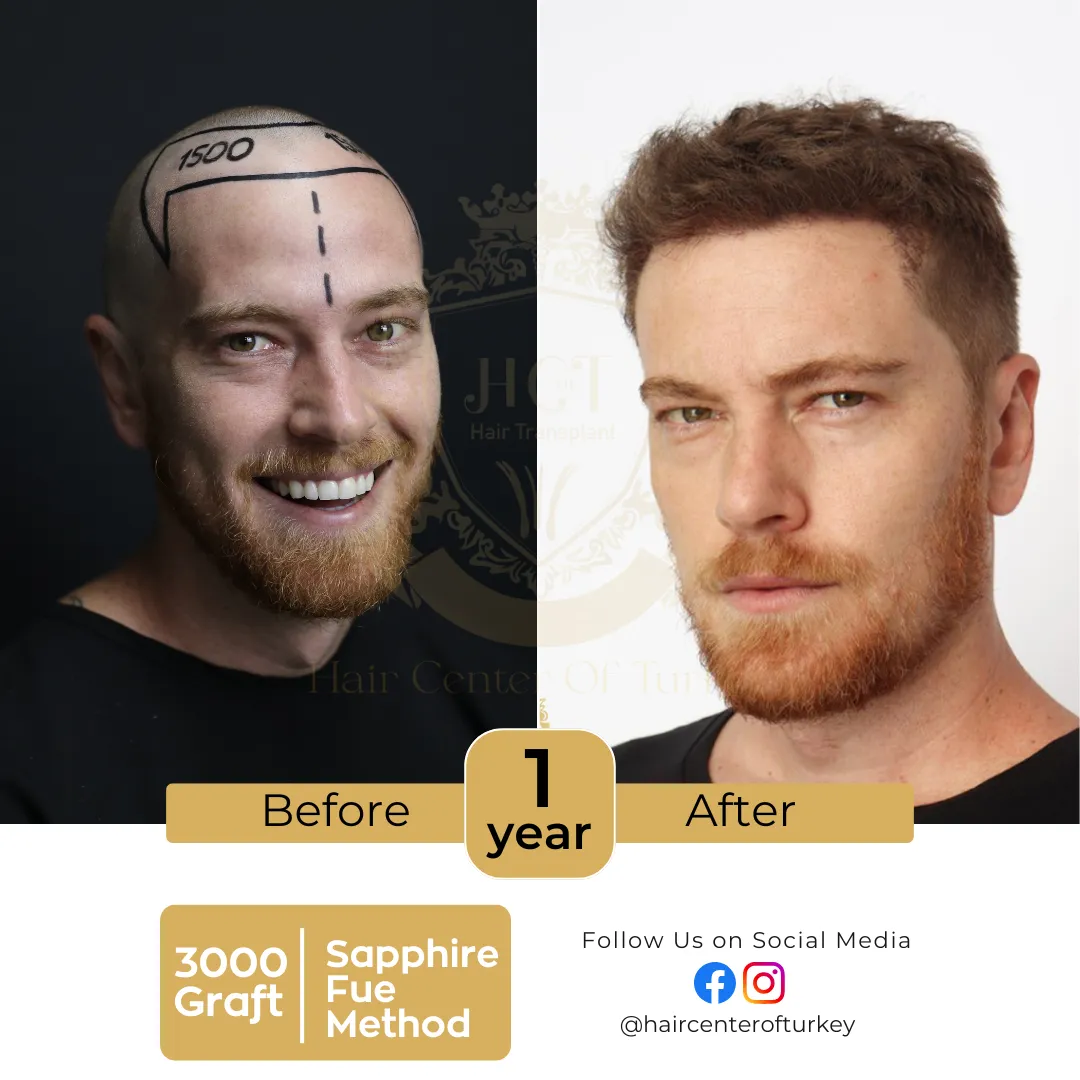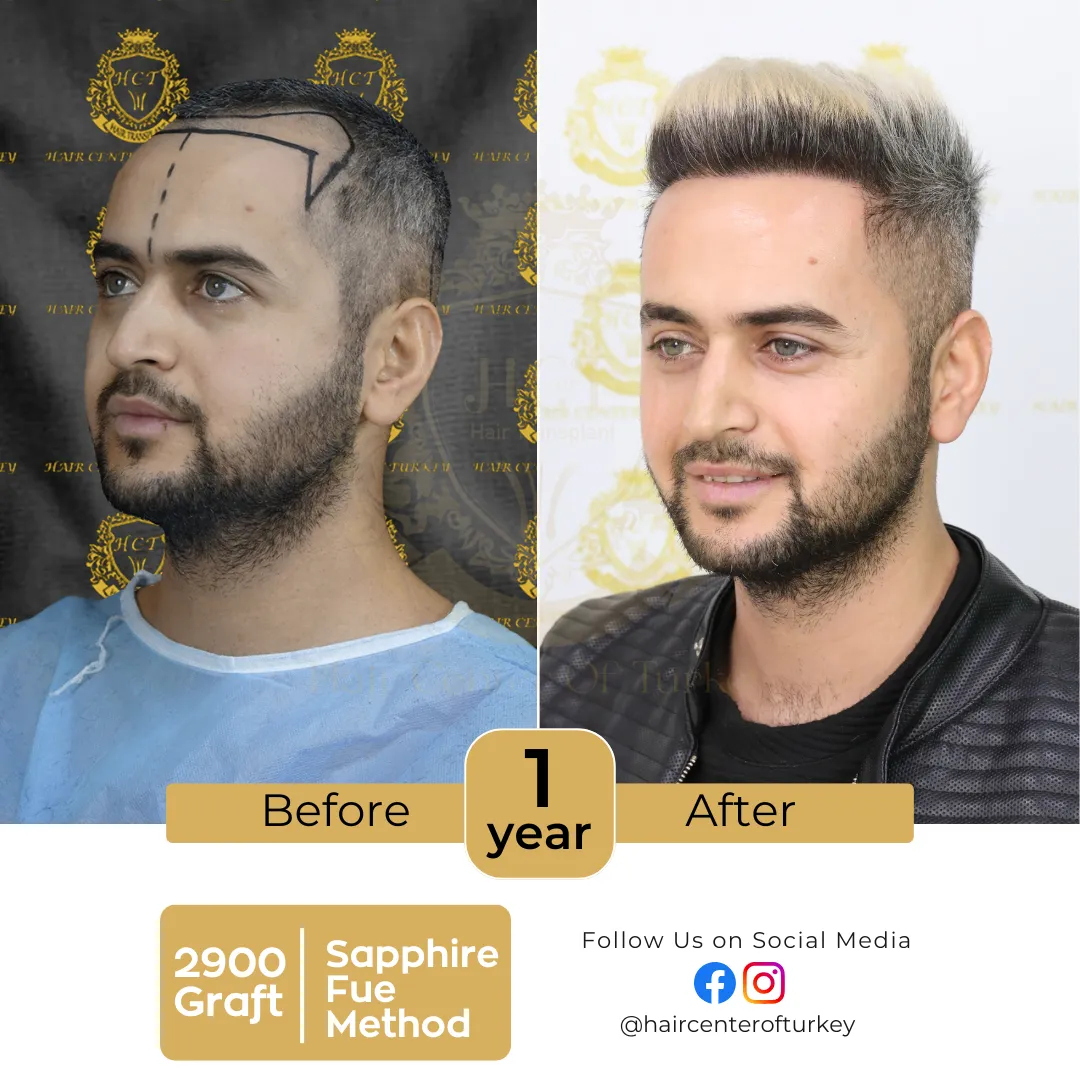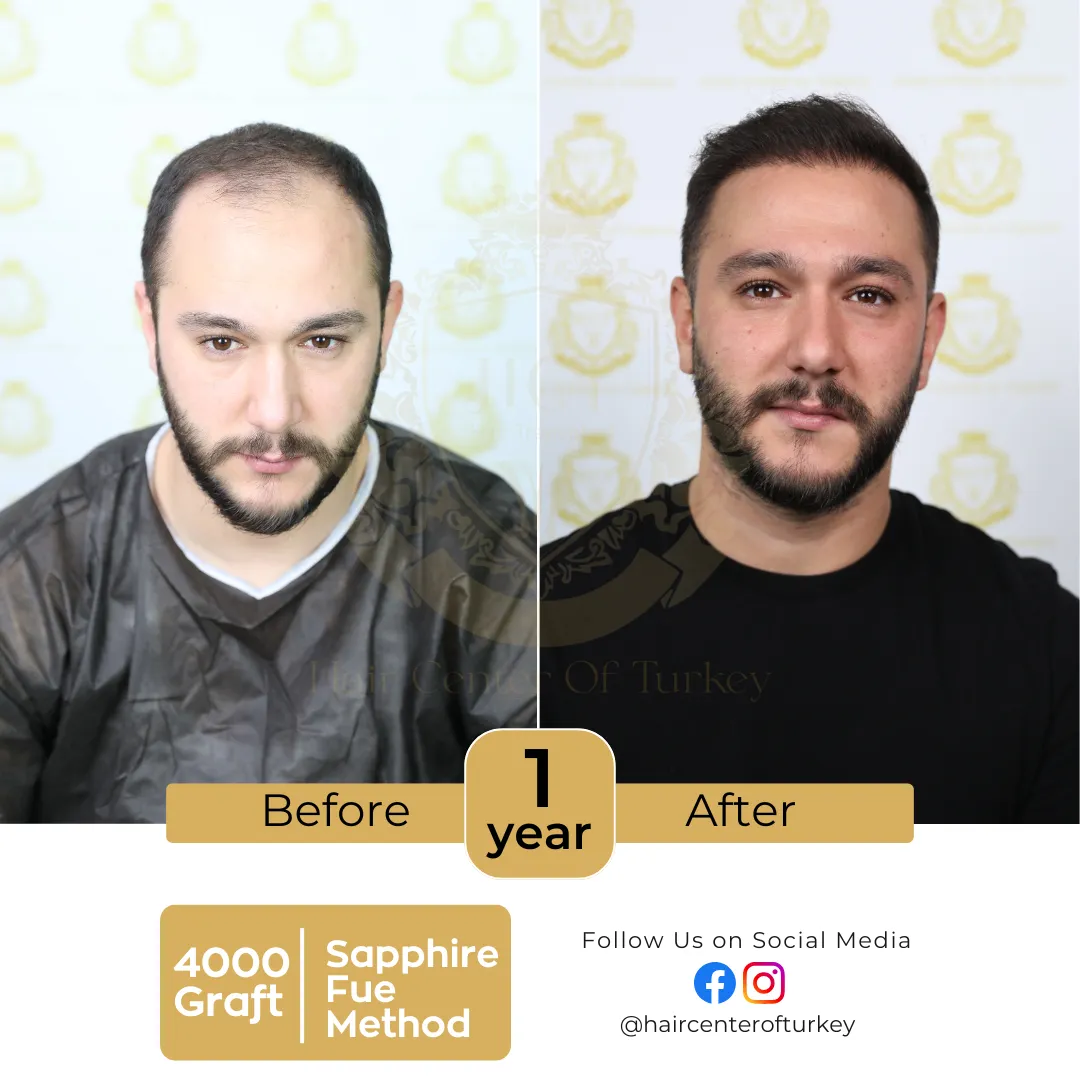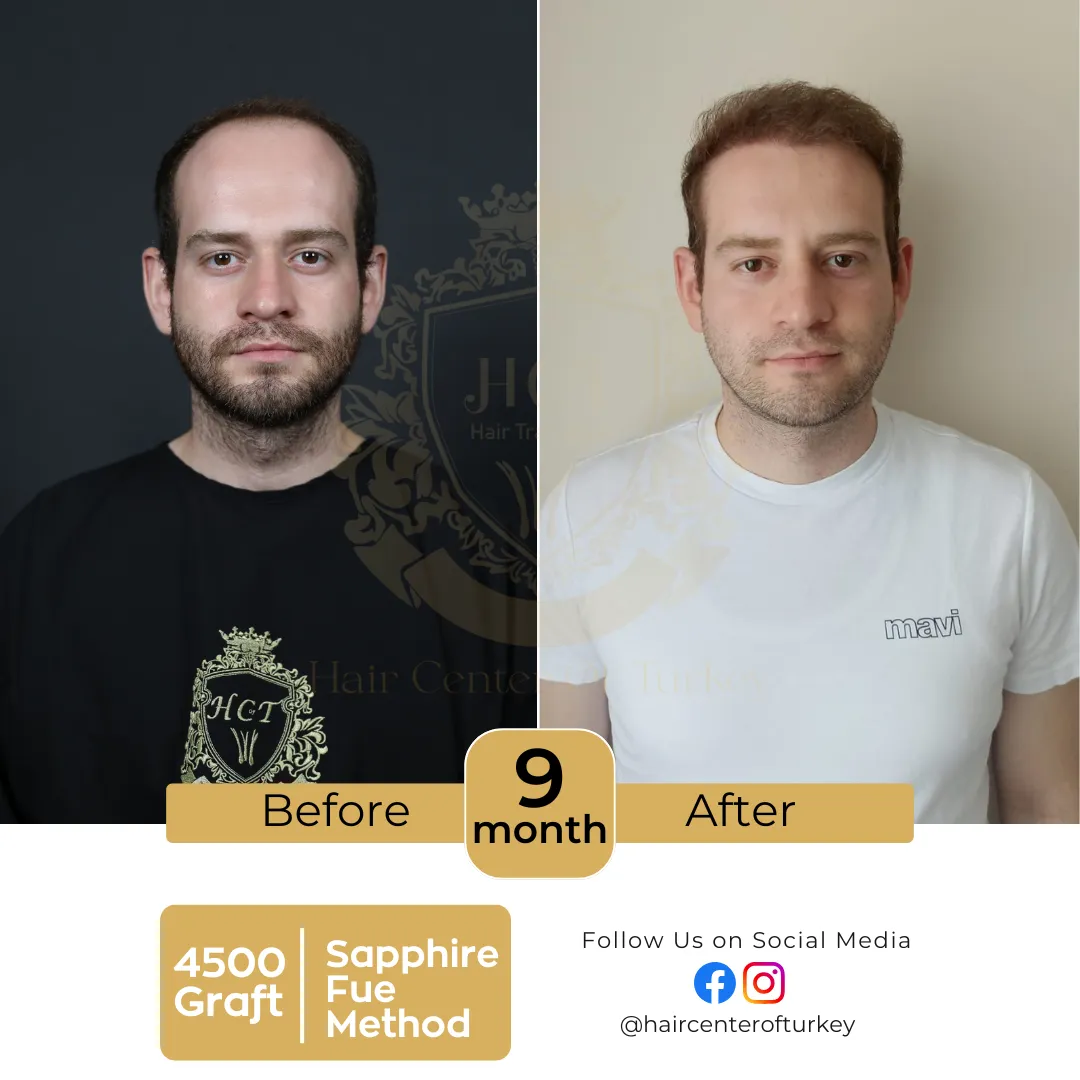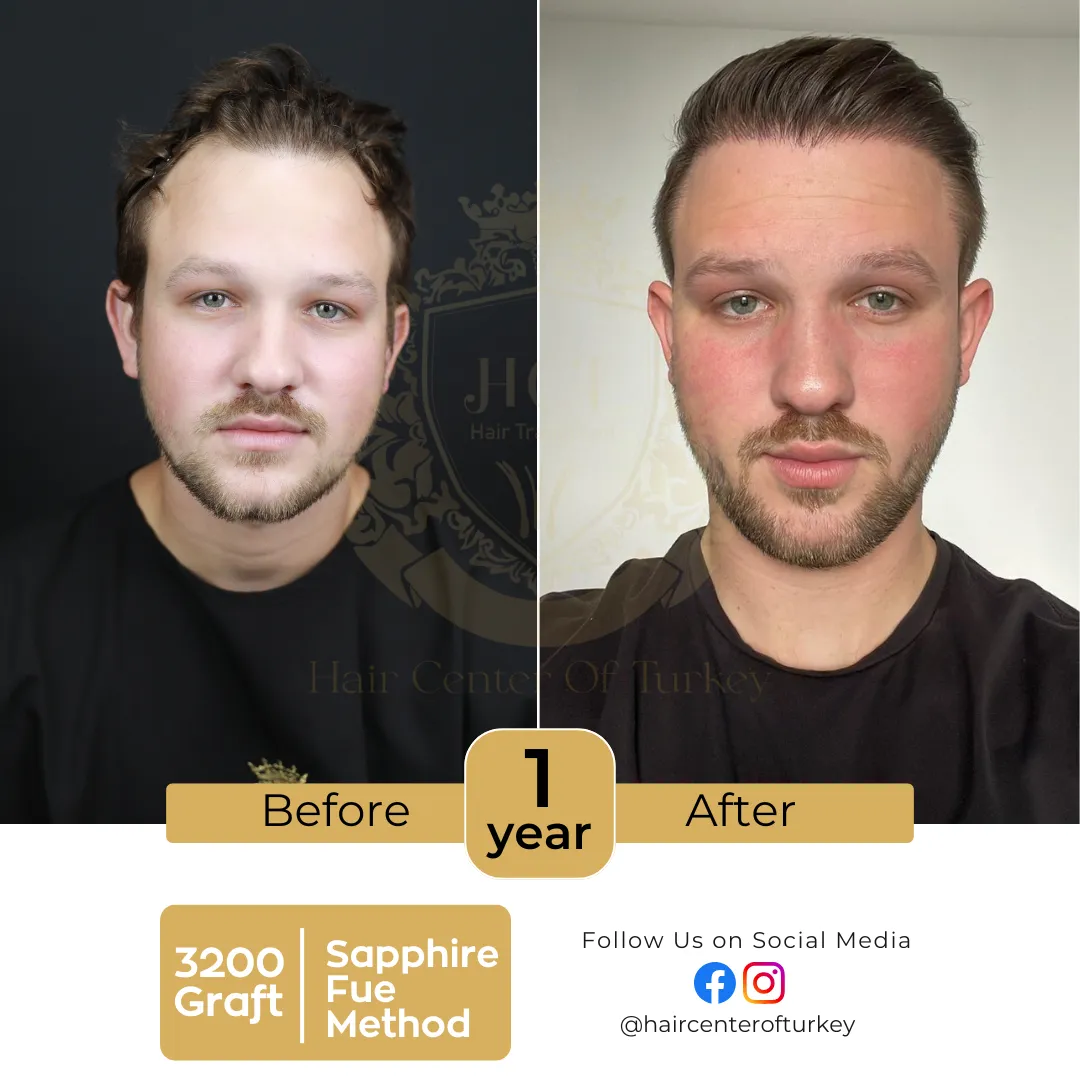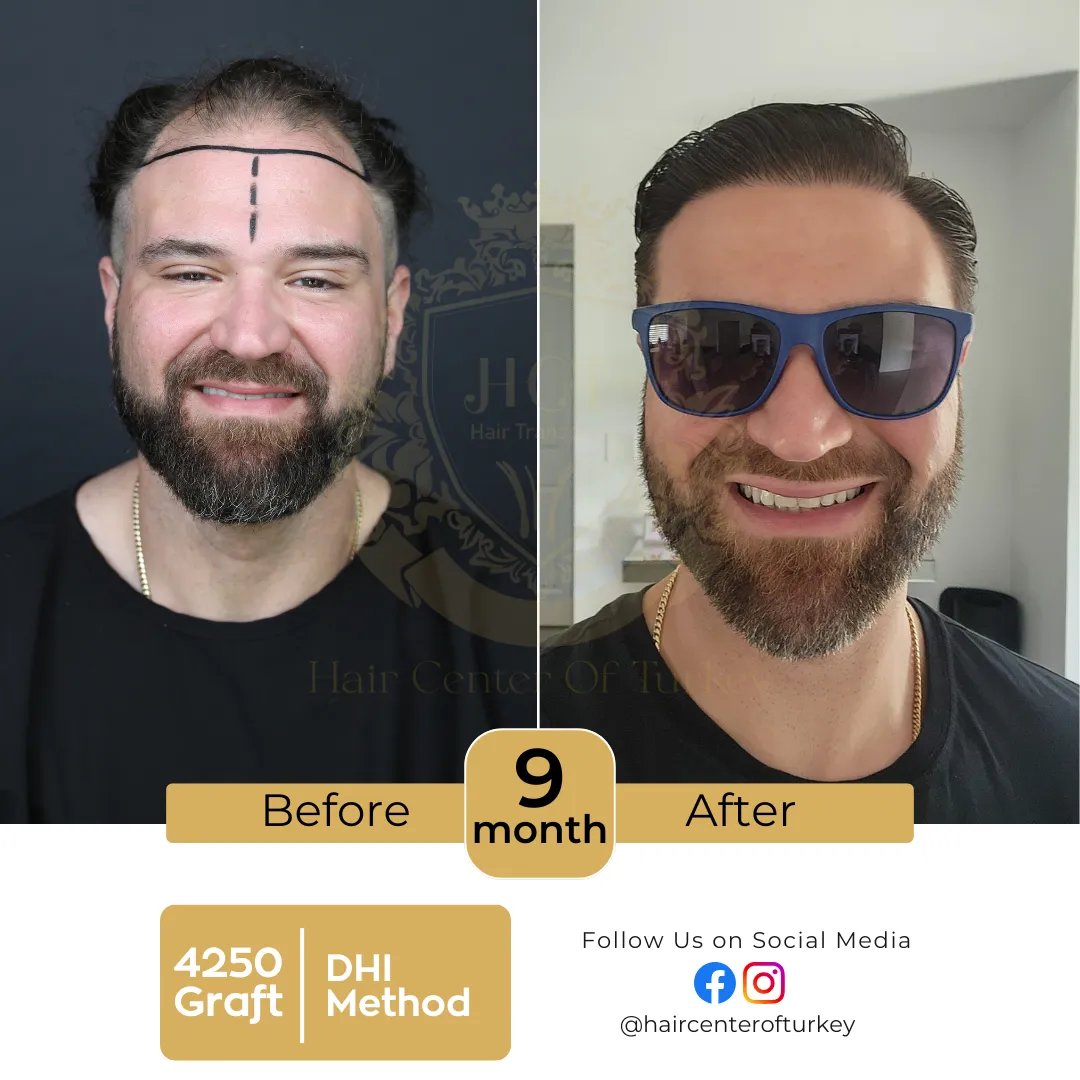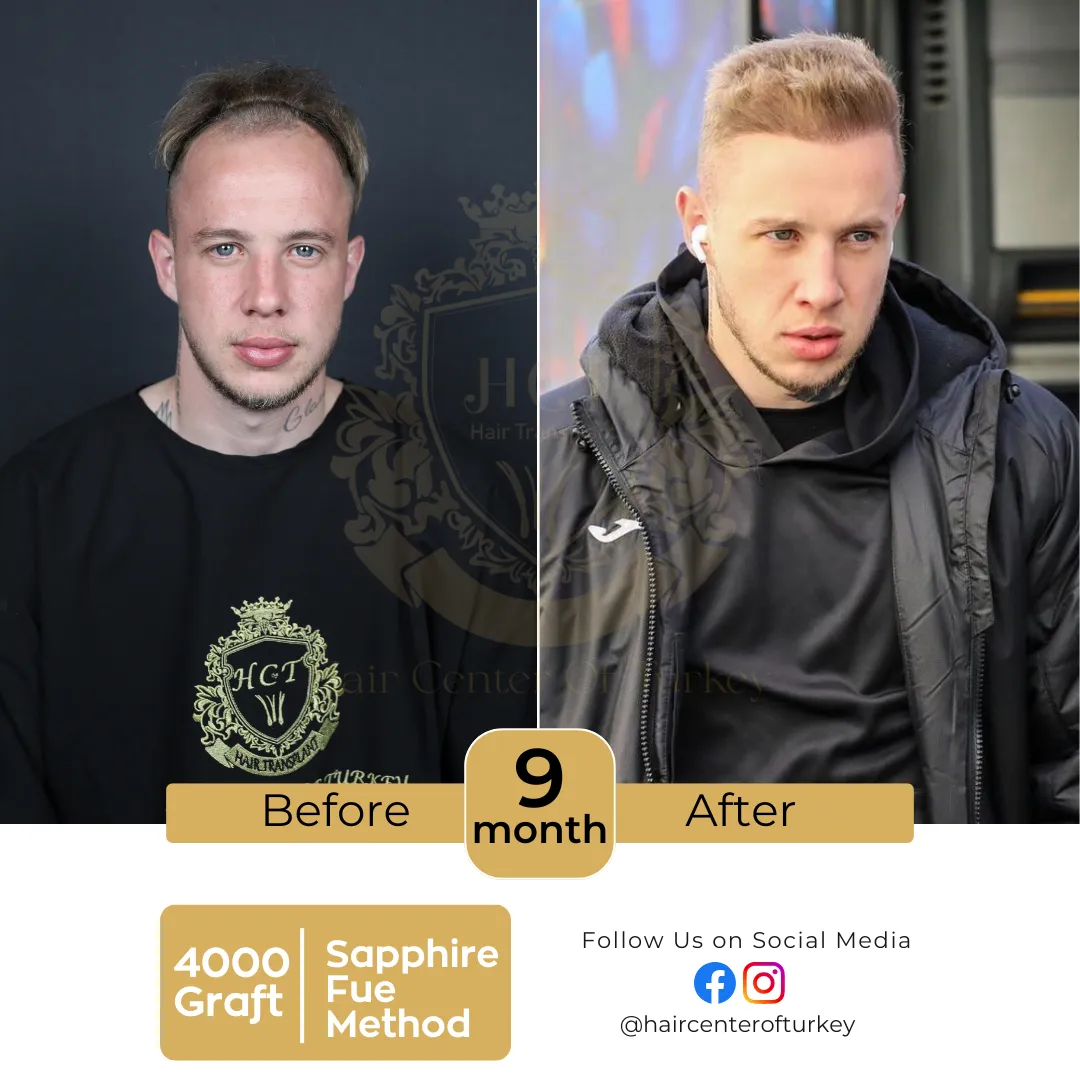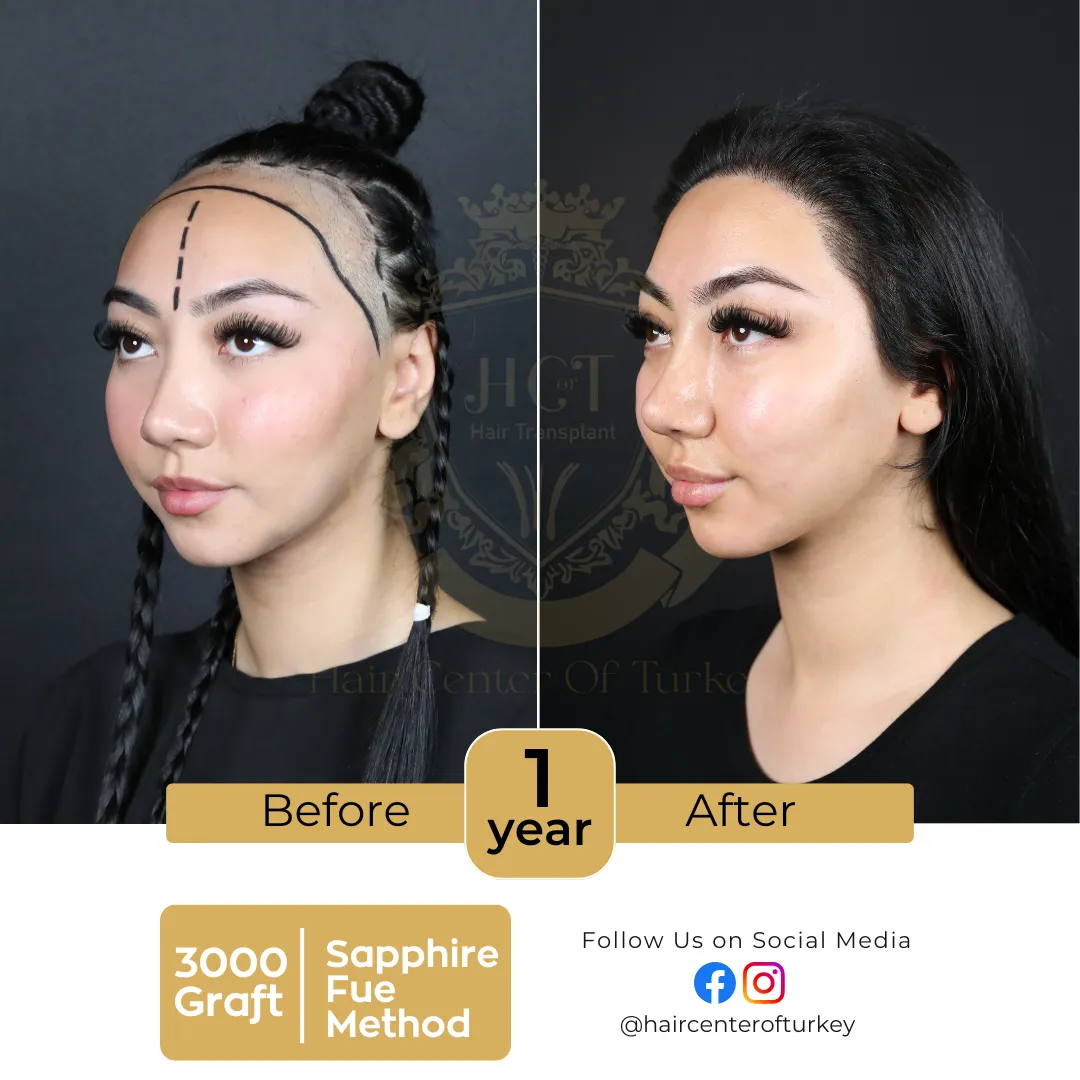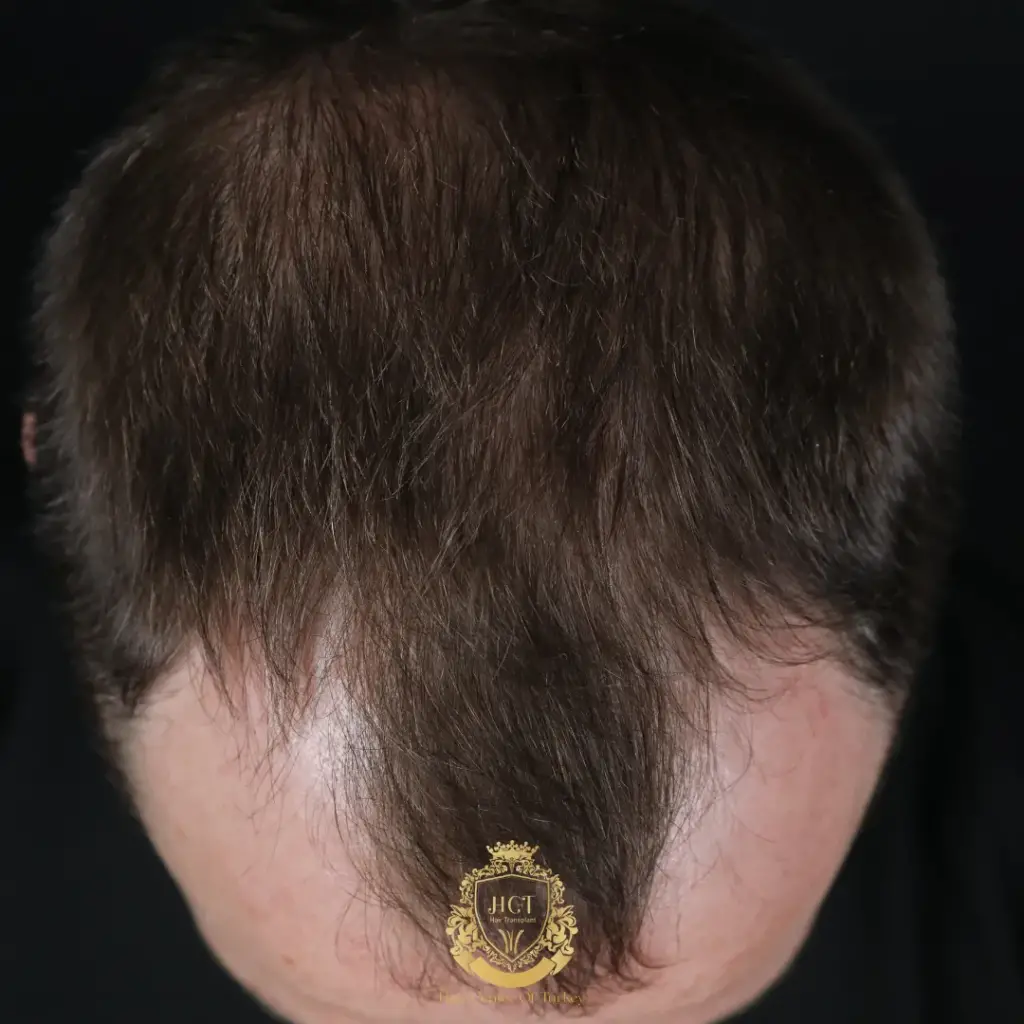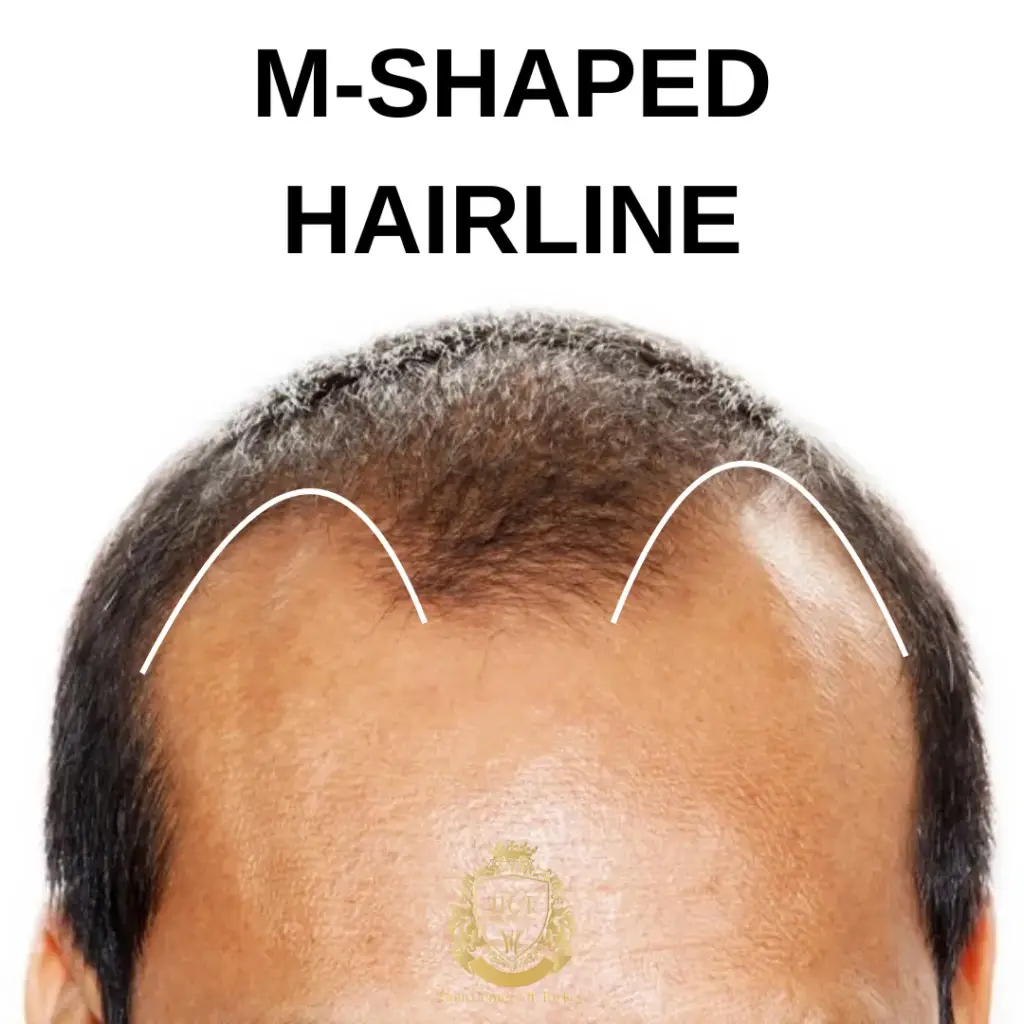What Is Finasteride Shedding?
What is Finasteride?
Finasteride is a medication commonly used to treat conditions related to male hormone imbalances, particularly in cases of hair loss and enlarged prostate. It works by inhibiting the enzyme 5-alpha reductase, which converts testosterone into dihydrotestosterone (DHT). DHT is a hormone that plays a significant role in both hair loss and prostate growth. By lowering DHT levels, finasteride helps reduce hair thinning and prevents further hair loss in men with male pattern baldness.
Finasteride is widely prescribed under brand names like Propecia (for hair loss) and Proscar (for benign prostatic hyperplasia). In terms of hair restoration, it is often recommended for men experiencing early stages of male pattern baldness, as it can help regrow hair and slow down further hair loss. For those dealing with prostate enlargement, finasteride can help reduce symptoms such as frequent urination and difficulty urinating.
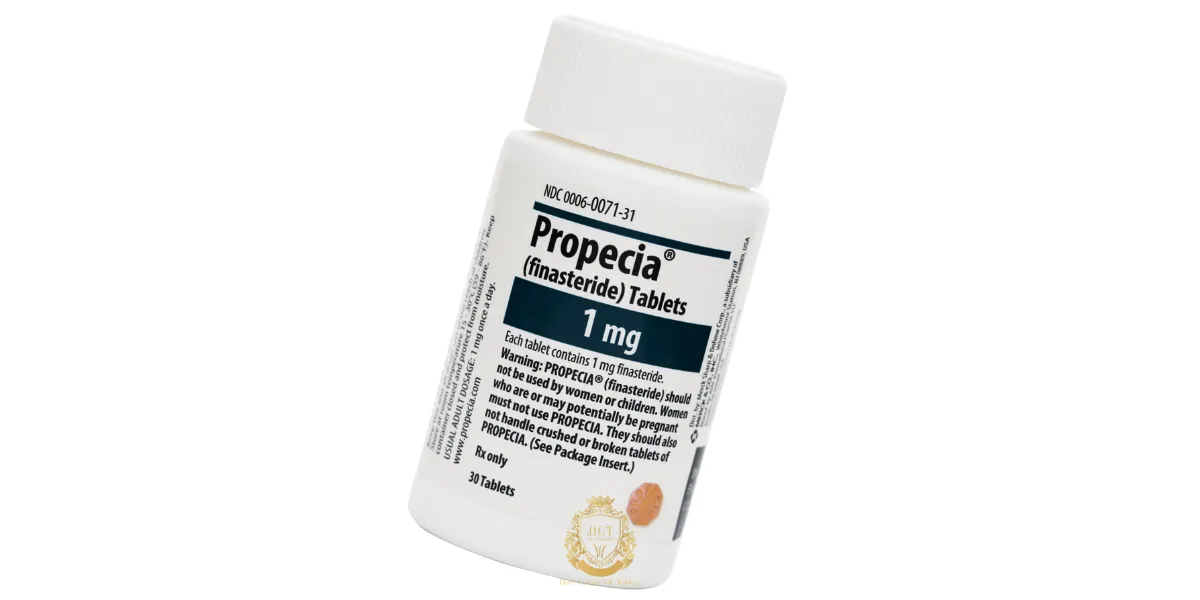
While finasteride is generally well-tolerated, some individuals may experience side effects like sexual dysfunction, breast tenderness, or mood changes. It is essential to consult a healthcare provider before starting the medication to ensure its suitability and to discuss potential risks.
In summary, finasteride is an effective treatment for hair loss and prostate enlargement, offering potential benefits for those dealing with these conditions. However, its use should be monitored under medical supervision for optimal results.
Who Can Use Finasteride?
Finasteride is commonly used to treat male pattern baldness (androgenetic alopecia) and benign prostatic hyperplasia (BPH). It is suitable for adult men, particularly those experiencing early hair loss or prostate enlargement. However, women and children should avoid Finasteride due to potential side effects.
Pregnant women, especially, should never handle crushed or broken tablets, as Finasteride can cause birth defects in male fetuses. Men considering Finasteride treatment should consult a healthcare provider to assess suitability, risks, and potential benefits based on individual health conditions. Always follow prescribed dosages and recommendations from a doctor.
Finasteride Shedding
Finasteride shedding refers to the temporary increase in hair loss that some individuals experience after starting treatment with finasteride. This medication is commonly prescribed to treat androgenetic alopecia, also known as male or female pattern hair loss. While it might seem alarming, shedding is a normal part of the hair regrowth process as the medication works to shift hair follicles into a new growth cycle.

Why Does Shedding Happen with Finasteride?
The primary reason for finasteride shedding lies in its effect on the hair growth cycle. The medication blocks the conversion of testosterone to dihydrotestosterone (DHT), a hormone that shrinks hair follicles and causes hair thinning. As DHT levels decrease, older, weaker hairs are shed to make way for newer, healthier hair strands. This process typically happens during the first few months of treatment.
How Long Does Finasteride Shedding Last?
Finasteride shedding is usually temporary and lasts between 2-3 months. Once the shedding phase subsides, most individuals notice improvements in hair thickness and density as new hair grows.
What to Expect During Finasteride Shedding
- Increased Hair Loss: You may notice more hair falling out than usual, particularly when washing or brushing your hair.
- Thinning Appearance: The shedding phase can make hair look thinner before it begins to improve.
- Gradual Recovery: After the shedding phase, hair typically becomes fuller and stronger over time.

How to Manage Finasteride Shedding
- Be Patient: Understand that shedding is a normal part of the treatment process. Results take time, often 6-12 months, to become noticeable.
- Continue Treatment: Stopping finasteride during the shedding phase can halt the progress of hair regrowth.
- Use Gentle Hair Care Products: Opt for mild shampoos and conditioners to reduce further hair stress.
- Consult Your Doctor: If shedding persists beyond three months or seems excessive, seek medical advice to rule out other causes.
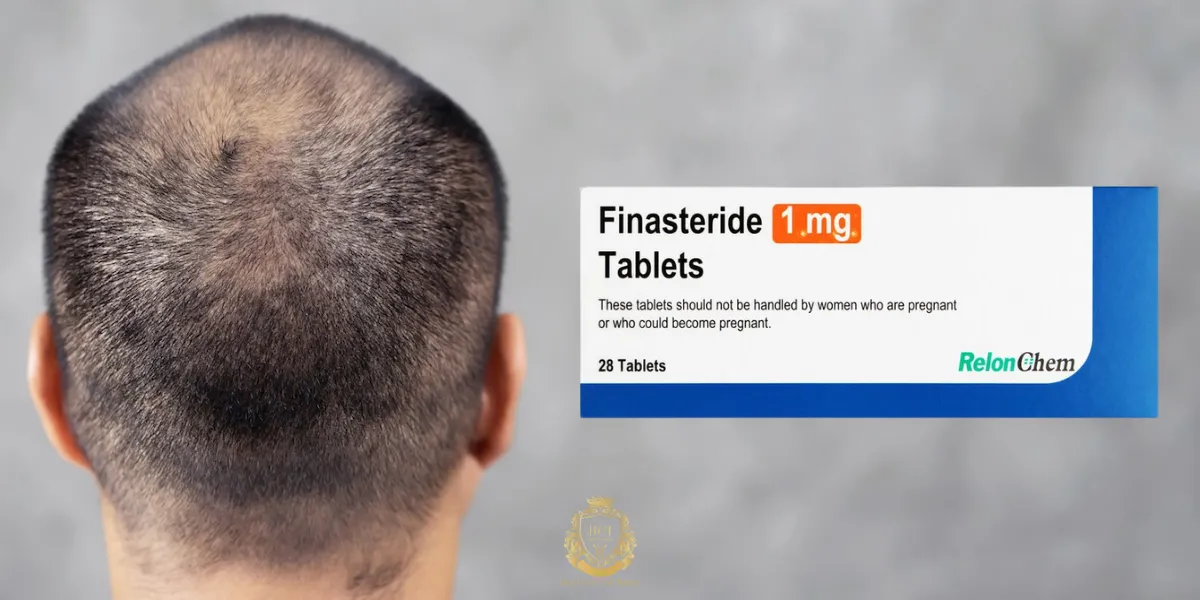
Can Everyone Experience Finasteride Shedding?
Not everyone experiences shedding when starting finasteride. It depends on individual responses to the medication, the extent of hair loss, and how DHT levels were affecting the hair follicles before treatment.
Is Finasteride Shedding a Good Sign?
While it might feel discouraging, shedding can be a positive indicator that finasteride is working. The removal of weaker hair strands allows stronger, healthier hairs to grow in their place.

Myths About Finasteride Shedding
- Myth: Shedding means finasteride isn’t working.
- Fact: Shedding is a common and expected part of the treatment process.
- Myth: The hair lost during shedding won’t regrow.
- Fact: The hair lost during shedding is typically replaced with stronger hair.
Alternatives to Finasteride
If finasteride shedding feels overwhelming or the medication isn’t suitable, consider these alternatives:
- Minoxidil: A topical solution that promotes hair regrowth and improves follicle health.
- Hair Supplements: Nutrients like biotin, zinc, and iron can support hair health.
- Platelet-Rich Plasma (PRP) Therapy: A non-surgical treatment to stimulate hair follicles.

F.A.Q. (Frequently Asked Questions)



